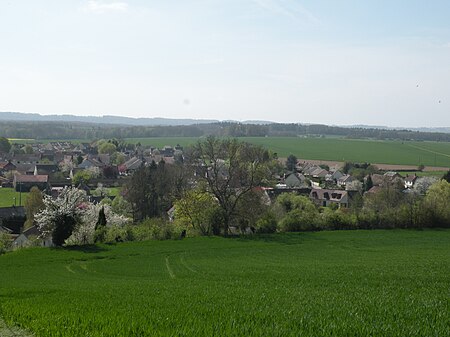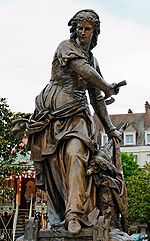Frocourt
Communes of OiseOise geography stubsPages with French IPA

Frocourt (French pronunciation: [fʁɔkuʁ]) is a commune in the Oise department in northern France.
Excerpt from the Wikipedia article Frocourt (License: CC BY-SA 3.0, Authors, Images).Frocourt
Rue de Beauvais, Beauvais
Geographical coordinates (GPS) Address Nearby Places Show on map
Geographical coordinates (GPS)
| Latitude | Longitude |
|---|---|
| N 49.3836 ° | E 2.085 ° |
Address
Rue de Beauvais 13
60000 Beauvais
Hauts-de-France, France
Open on Google Maps









